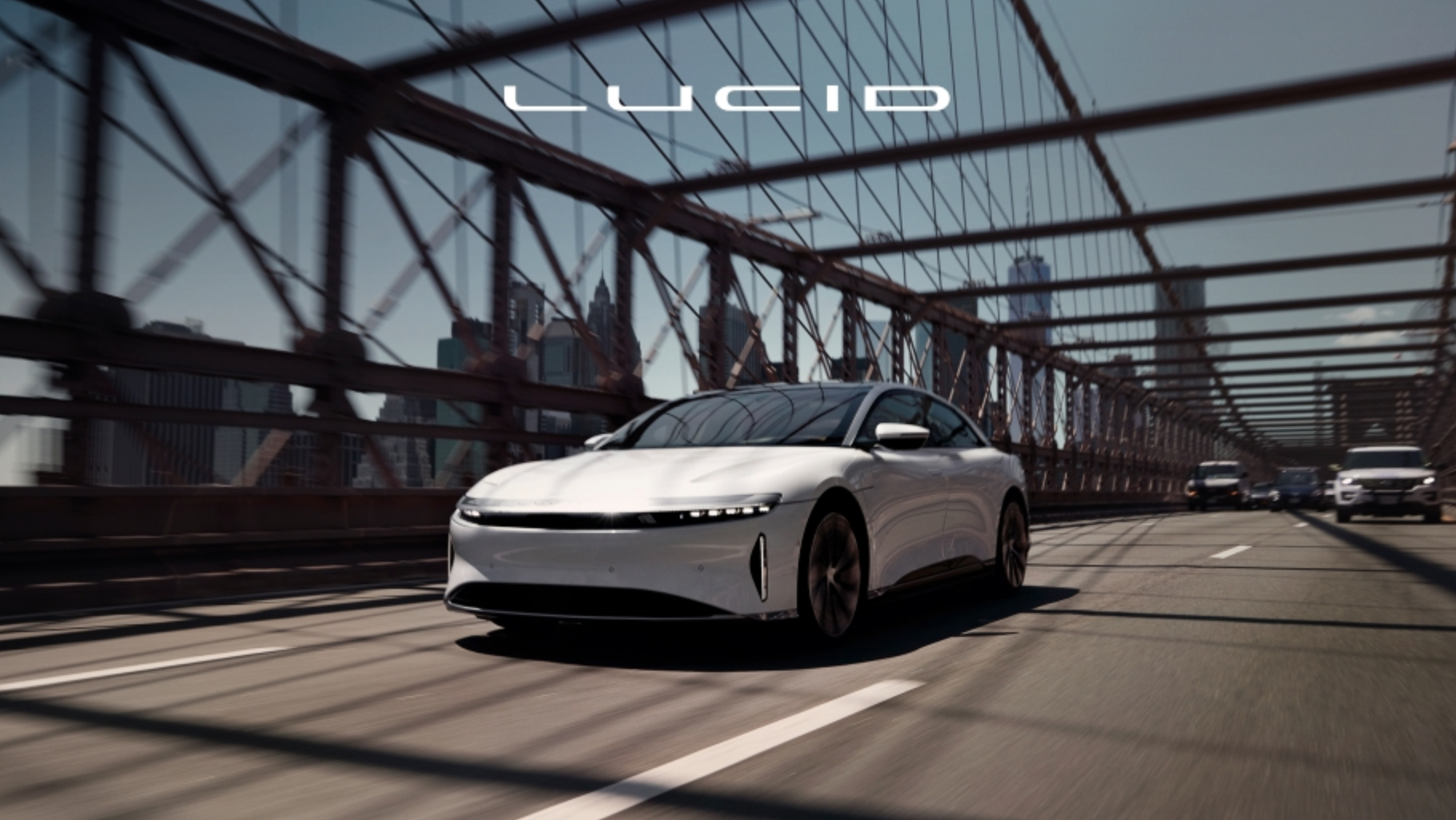Electric vehicles (EVs) are often celebrated for their zero tailpipe emissions, positioning them as a cleaner alternative to traditional gasoline-powered cars. However, the environmental impact of EVs extends beyond their operation; it encompasses the entire lifecycle, from manufacturing to disposal. Recognizing this, many EV manufacturers are implementing innovative strategies to minimize waste and promote sustainability throughout their production processes. This article explores how leading EV companies are reducing waste, creating greener factories, and contributing to a more sustainable automotive industry.
The Environmental Footprint of EV Manufacturing
While EVs offer significant environmental benefits during their use, the manufacturing process, particularly battery production, can be resource-intensive and generate substantial waste. Key concerns include:
- Resource Extraction: Mining for materials like lithium, cobalt, and nickel can lead to habitat destruction and pollution.
- Energy Consumption: Manufacturing processes often require large amounts of energy, contributing to greenhouse gas emissions.
- Waste Generation: Production can result in significant waste, including scrap materials and chemical byproducts.
Addressing these challenges is crucial for the overall sustainability of electric vehicles.
Strategies for Waste Reduction in EV Manufacturing
EV manufacturers are adopting various strategies to reduce waste and enhance sustainability:
1. Implementing Lean Manufacturing Principles
Lean manufacturing focuses on minimizing waste without sacrificing productivity. By streamlining operations, companies can reduce material usage and waste generation.
- Example: Toyota has long been a proponent of lean manufacturing, emphasizing efficiency and waste reduction in its production processes.
2. Utilizing Sustainable Materials
Incorporating recycled or renewable materials in vehicle production reduces the demand for virgin resources and minimizes waste.
- Example: BMW’s i3 model features interior components made from recycled plastics and natural fibers, demonstrating a commitment to sustainable materials.
3. Enhancing Battery Recycling and Reuse
Given that batteries are a significant component of EVs, effective recycling and reuse are vital for waste reduction.
- Example: Redwood Materials, founded by former Tesla CTO JB Straubel, focuses on recycling lithium-ion batteries to recover valuable materials like nickel, cobalt, and lithium, which can be reused in new batteries. TIME
4. Designing for Disassembly
Creating vehicles with end-of-life disassembly in mind facilitates easier recycling and reduces waste.
- Example: Renault is in advanced discussions with partners to extract and recycle lithium and other metals from used EV batteries, aiming to reuse strategic raw materials in a closed-loop system. Reuters
5. Adopting Circular Economy Practices
The circular economy emphasizes keeping materials in use for as long as possible through recycling, refurbishing, and reusing.
- Example: Companies like Nth Cycle are developing technologies to extract and refine critical minerals from electronic waste, contributing to a circular economy in the EV industry. TIME
Case Studies: Leading EV Companies’ Waste Reduction Initiatives
Tesla
Tesla has implemented several initiatives to reduce waste in its manufacturing processes:
- Gigafactories: Tesla’s Gigafactories are designed with sustainability in mind, utilizing renewable energy sources and aiming for zero waste production.
- Battery Recycling: Tesla has established battery recycling programs to recover valuable materials and reduce environmental impact.
Nissan
Nissan has focused on reducing waste through:
- Closed-Loop Recycling: Nissan recycles aluminum from scrap vehicles to produce new car parts, reducing the need for virgin materials.
- Battery Reuse: The company repurposes used EV batteries for energy storage systems, extending their lifecycle and reducing waste.
BMW
BMW’s sustainability efforts include:
- Use of Recycled Materials: BMW incorporates recycled plastics and natural fibers into its vehicle interiors.
- Energy-Efficient Production: The company has implemented energy-saving measures in its factories to reduce emissions and waste.
Challenges and Future Directions
While significant progress has been made, challenges remain in achieving zero-waste manufacturing in the EV industry:
- Technological Limitations: Developing efficient recycling technologies for complex materials is ongoing.
- Economic Factors: Balancing cost-effectiveness with sustainable practices can be challenging.
- Supply Chain Complexity: Ensuring sustainability across global supply chains requires collaboration and transparency.
Looking ahead, continued innovation, regulatory support, and consumer demand for sustainable products will drive further advancements in waste reduction within the EV industry.
To learn how to reduce waste in your personal life, read “How to Maximize the Battery Life of Your Electric Vehicle.”



